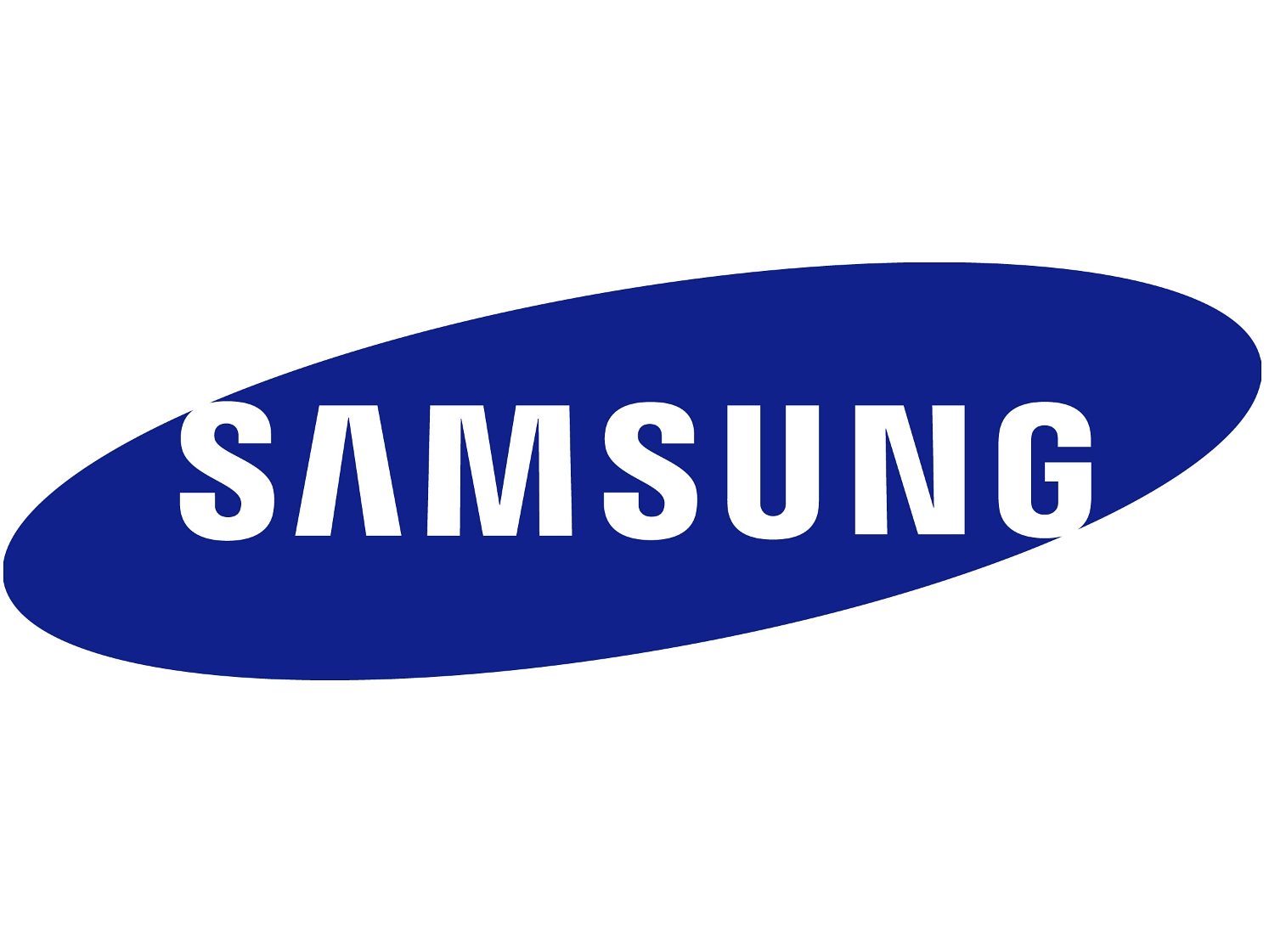Samsung Producing 4Gb LPDDR3 Memory Using 20nm-Class
Samsung's new 4 Gb LPDDR3 can transmit data at up to 2,133 Mbps per pin.
Samsung said on Tuesday that it is now producing 4 Gb LPDDR3 mobile DRAM using 20nm-class process technology, or rather a process technology node somewhere between 20 and 30 nanometers.
According to Samsung, the new mobile DRAM enables performance levels comparable to the standard DRAM utilized in personal computers. This high-speed performance should make the new DRAM an attractable solution for next-gen high-performance tablets and smartphones.
The company said its new 4 Gb LPDDR3 can transmit data at up to 2,133 Mbps per pin, more than double the performance of the older LPDDR2 which is only capable of 800 Mbps. This high transmit rate will make it possible for users to transfer 17 GB of media – roughly three Full HD videos -- in one second over the new Samsung chip embedded in a mobile device.
"Samsung's 20nm-class LPDDR3 mobile DRAM enables seamless display of full HD video on smartphones with five inch-or-larger screens," the company said. "In comparison to a 30nm-class LPDDR3 DRAM, the new device generates more than a 30 percent improvement in performance and 20 percent savings in power consumption."
Although mobile device form factors, screens and other components are scaling down in thickness, batteries are actually increasing in size. OEMs that adopt Samsung's new 4 Gb LPDDR3 mobile DRAM can install 2 GB of memory that consists of four new chips in a single package while still meeting the memory package height of 0.8-mm.
"By providing the most efficient next-generation mobile memory with a very large data capacity, we are now enabling OEMs to introduce even more innovative designs in the marketplace," said Young-Hyun Jun, executive vice president, memory sales & marketing, Samsung Electronics. "Our 20nm-class four gigabit mobile DRAM provides another example of our ability to deliver well-differentiated, high-performance, high-density memory to customers in a timely manner."
Samsung said it plans to increase production of its advanced 20nm-class mobile DRAM later this year.
Get Tom's Hardware's best news and in-depth reviews, straight to your inbox.

Kevin Parrish has over a decade of experience as a writer, editor, and product tester. His work focused on computer hardware, networking equipment, smartphones, tablets, gaming consoles, and other internet-connected devices. His work has appeared in Tom's Hardware, Tom's Guide, Maximum PC, Digital Trends, Android Authority, How-To Geek, Lifewire, and others.
-
DRosencraft I'm unfamiliar with the differences between memory standards/architectures across differing devices. How does this compare to desktop memory?Reply -
tommyvin <a href="http://techdomino.com/samsung-20nm-lpddr3-ram/?rel=ugc">Samsung's 20nm LPDDR3</a> could make phones feel a lot faster in the future. As apps, games and stuff are becoming bigger in size due to higher resolution graphics and more content, we'll need bigger and faster flash memories.Reply
